Almost a month has gone by since I drove north through California to my internship with the US Fish & Wildlife Service in Klamath Falls, Oregon. Klamath Falls is the largest city in the Upper Klamath Basin, an area inhabited by the Klamath tribes since time immemorial. Before coming I did some virtual exploring via satellite imagery, which showed Klamath Falls in a transition zone where the dark green of forested land turns into the beige of a drier, desert landscape. Not surprisingly, my Google Maps tour did not prepare me for the incredible beauty and diversity that actually exists in the Basin. The high desert environment, with its sagebrush, western juniper and ponderosa pine, meets with vibrant riparian and wetland vegetation in the Basin’s river systems and marshes. The Upper Klamath Basin comprises several other drainage basins, some of which feed into Upper Klamath Lake. This lake feeds into the Klamath River, which flows through Northern California and into the Pacific Ocean. To the south you can see majestic Mount Shasta rising through the clouds, west are vast wilderness areas in the Cascades and the pointed peak of Mount McLoughlin, north and east exist several river systems, the Klamath Marsh Wildlife Refuge, and Crater Lake, a landmark of volcanic activity in the region. Basically, a short drive in any direction from Klamath Falls is both unique and stunning.
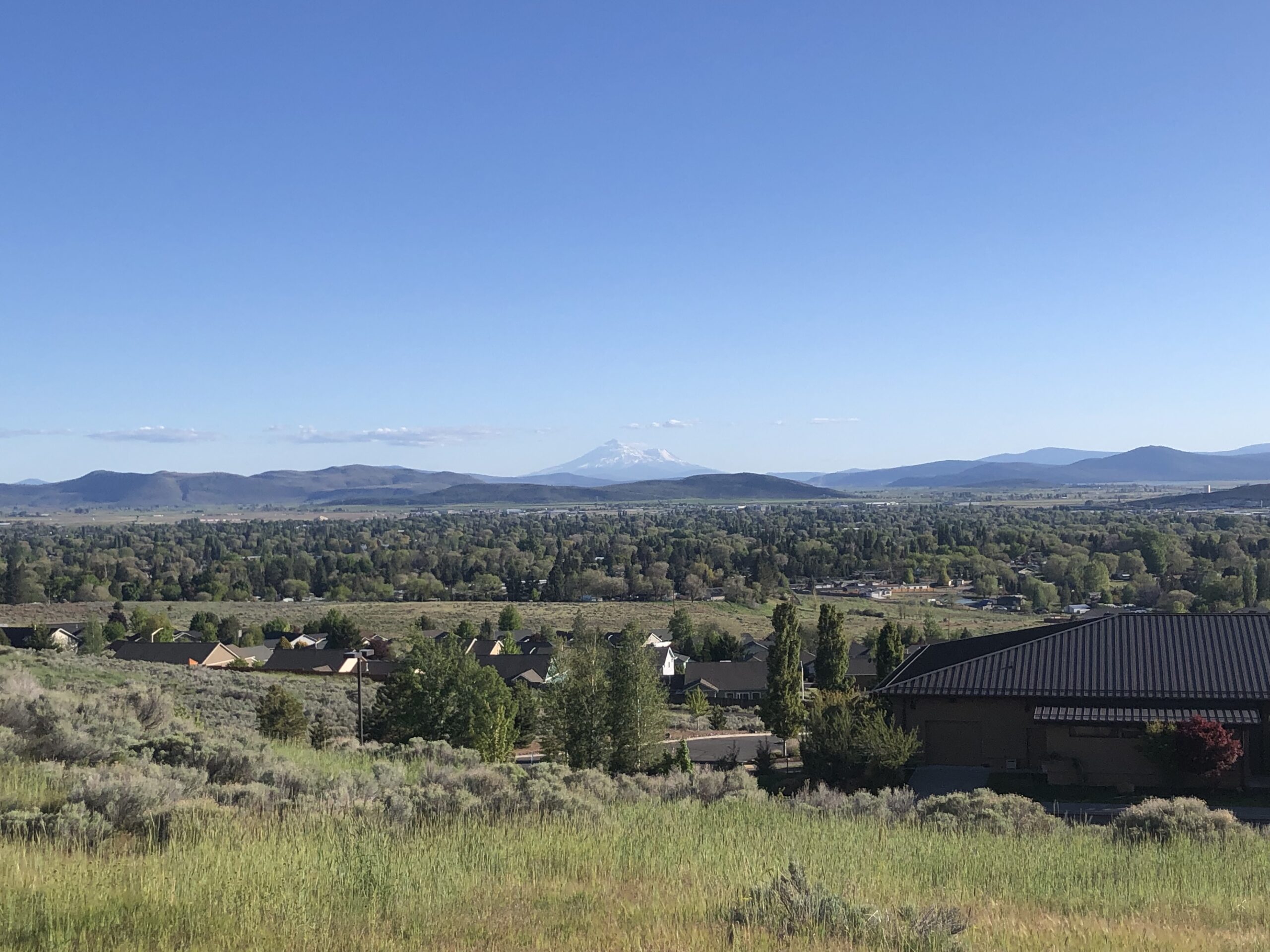
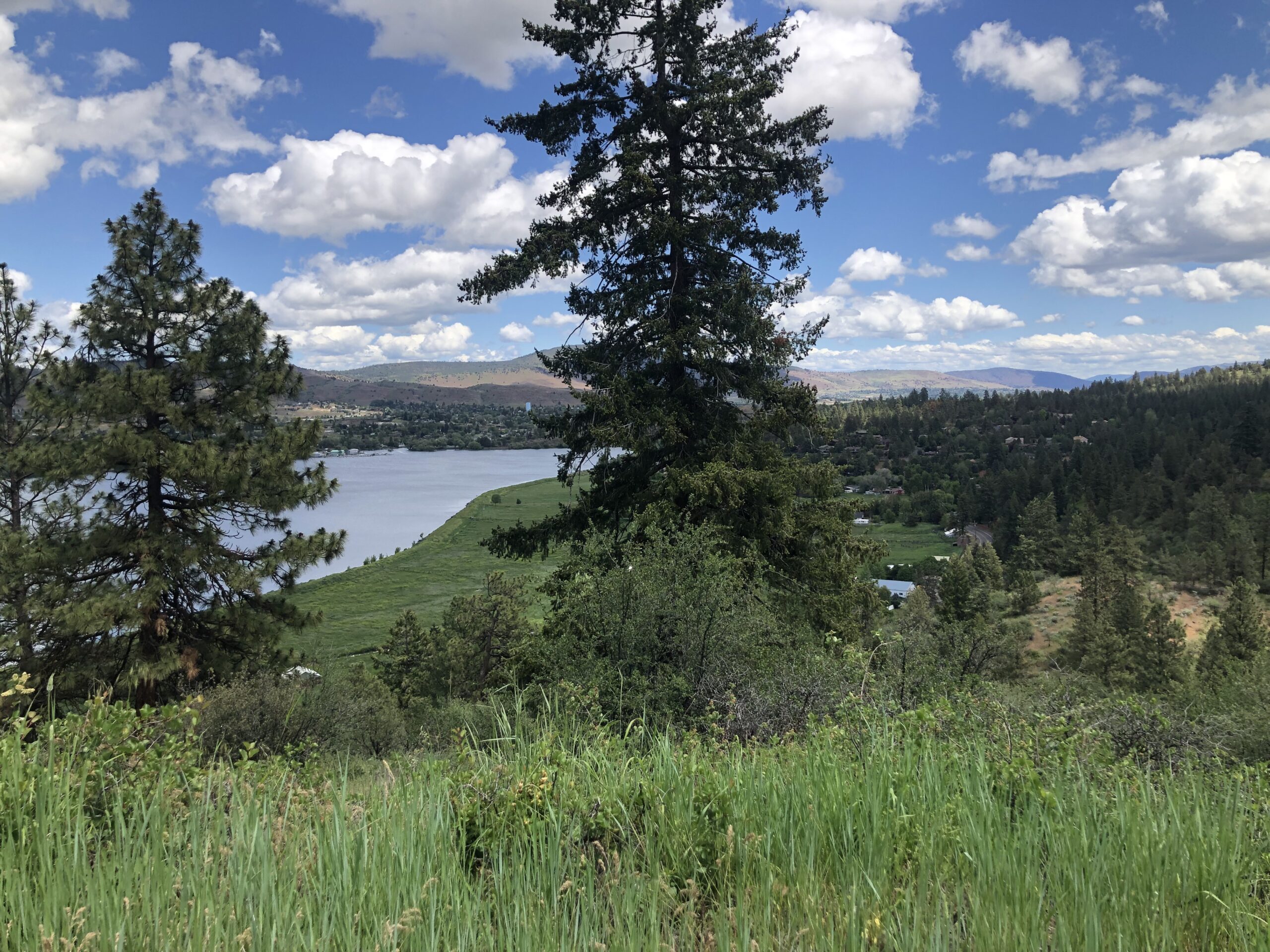
My fellow intern, Antonio, and I are here to assist on various projects within the Klamath Falls FWS office. My first week we joined the Fish & Wildlife Partners Program, a department that works with non-federal landowners to restore the habitats on their land. We did some wetland surveying, transplanted wocus (a native water lily used by the Klamath tribes) into a restoration site, and shadowed on a landowner outreach excursion.
Our second week was spent with a hatchery rearing the endangered Lost River and shortnose suckers: endemic sucker species that are not seeing new recruitment in their populations. We spent every morning in a boat, collecting thousands of sucker larvae on the edges of the Williamson River. The afternoons were spent at the hatchery counting the nearly translucent baby fish one by one. Overall we collected and counted over 10,000 larvae. These larvae hang out in large tubs and are fed artemia (miniscule brine shrimp) until they grow larger and can be transferred to in-ground ponds.

in a restored wetland.

The next two weeks consisted of bull trout recovery work with our supervisor, Zach. Many streams that were historically occupied by genetically unique bull trout are now devoid of them, so there is a large effort to re-populate some of these areas and remove invasive brook trout. We worked our way up Long Creek, a branching of the Sycan River area, which previous studies had claimed were still occupied by bull trout. To sample the fish we use backpack electrofishing. One person will don the electrofishing backpack, and two others wield the dip nets. The electrofisher delivers a current that elicits involuntary muscle movements in any fish caught in the electric field. The fish moves towards the anode and is briefly immobilized to make for easier capture. The first fish we sampled were all invasive brook trout. We took down measurements and put a PIT tag under the dorsal fin. I’m somewhat ashamed to say that this was my first time holding a fish that wasn’t frozen salmon from the grocery store. What’s more, I did not expect these trout to be some of the most beautiful organisms I’ve ever seen.
The long awaited bull trout were finally caught after we moved upstream to a steeper, rockier section of the creek. To continue our sampling in deeper parts of the creek, we put on “dry” suits and snorkeled upstream. No bull trout were identified in our snorkel search, but we did spend a solid five minutes observing two lamprey building a nest (also called a “redd”) about a foot from our faces. We also discovered that staying completely dry in a dry suit is not a given. All things considered, it was an amazing experience.
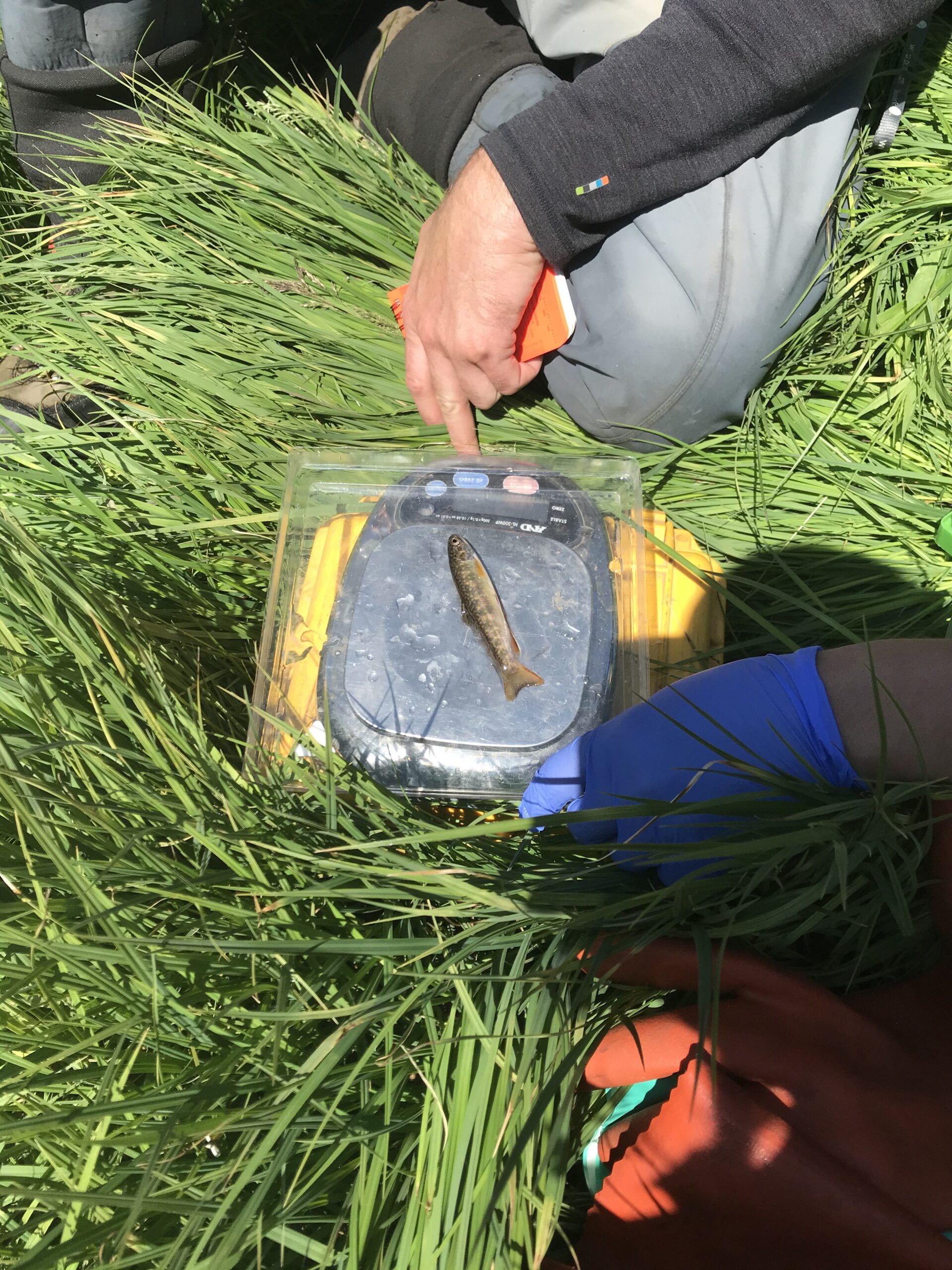
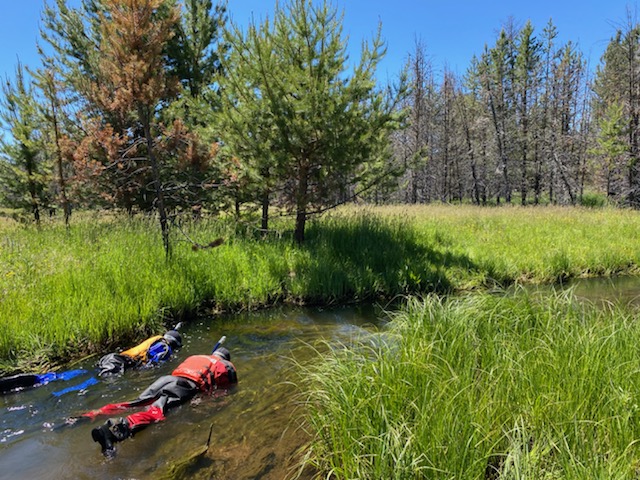
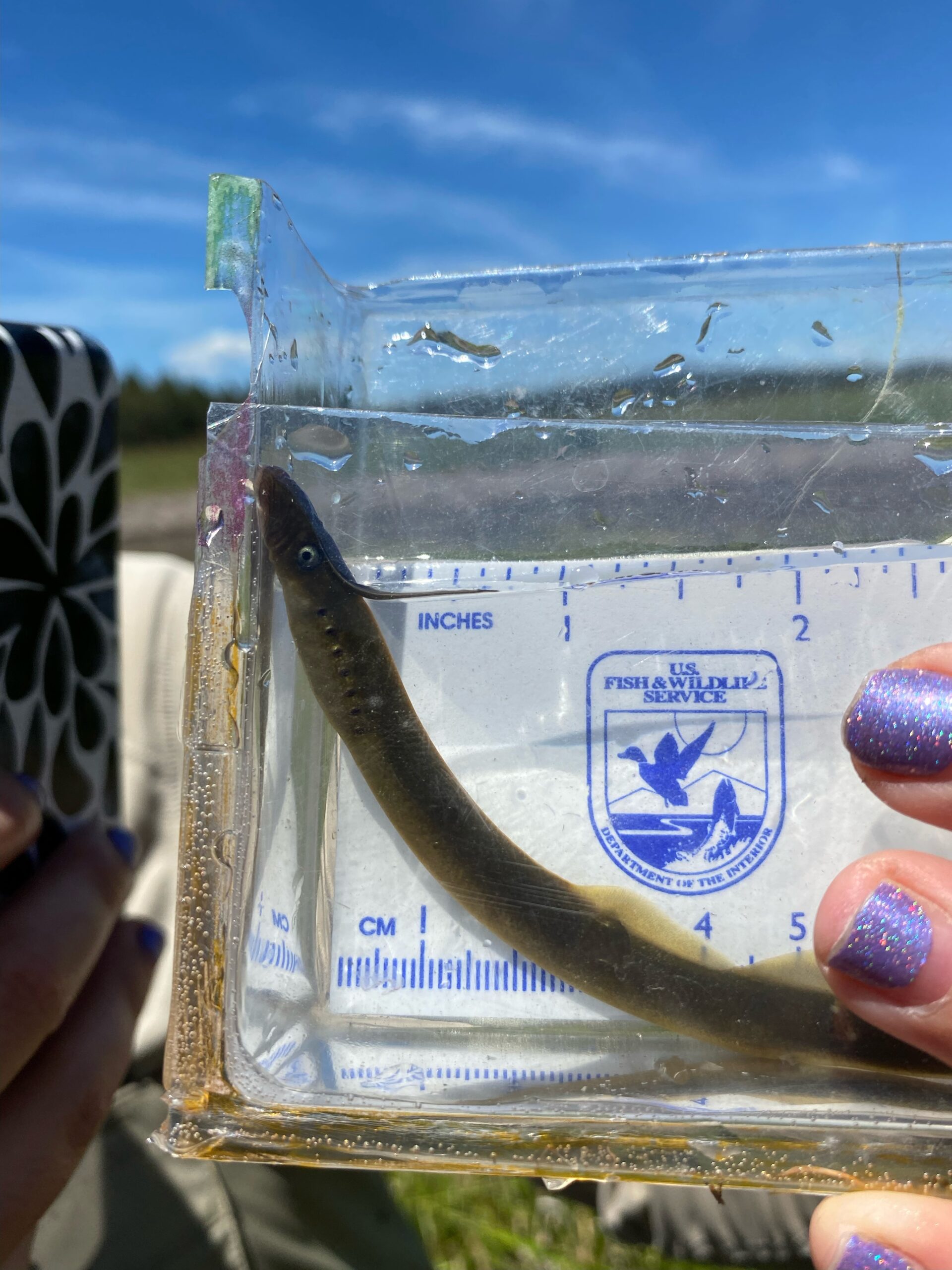
This month has been truly eye-opening for me. Not only am I learning new skills and becoming acquainted with the unique wildlife of this incredible region, but I am being exposed to a whole new field of work. The passion that exudes from the FWS staff, their knowledge of the native species here and their insatiable desire to keep learning is so inspiring to me. I can’t wait to see what the season has in store for Antonio and I.

